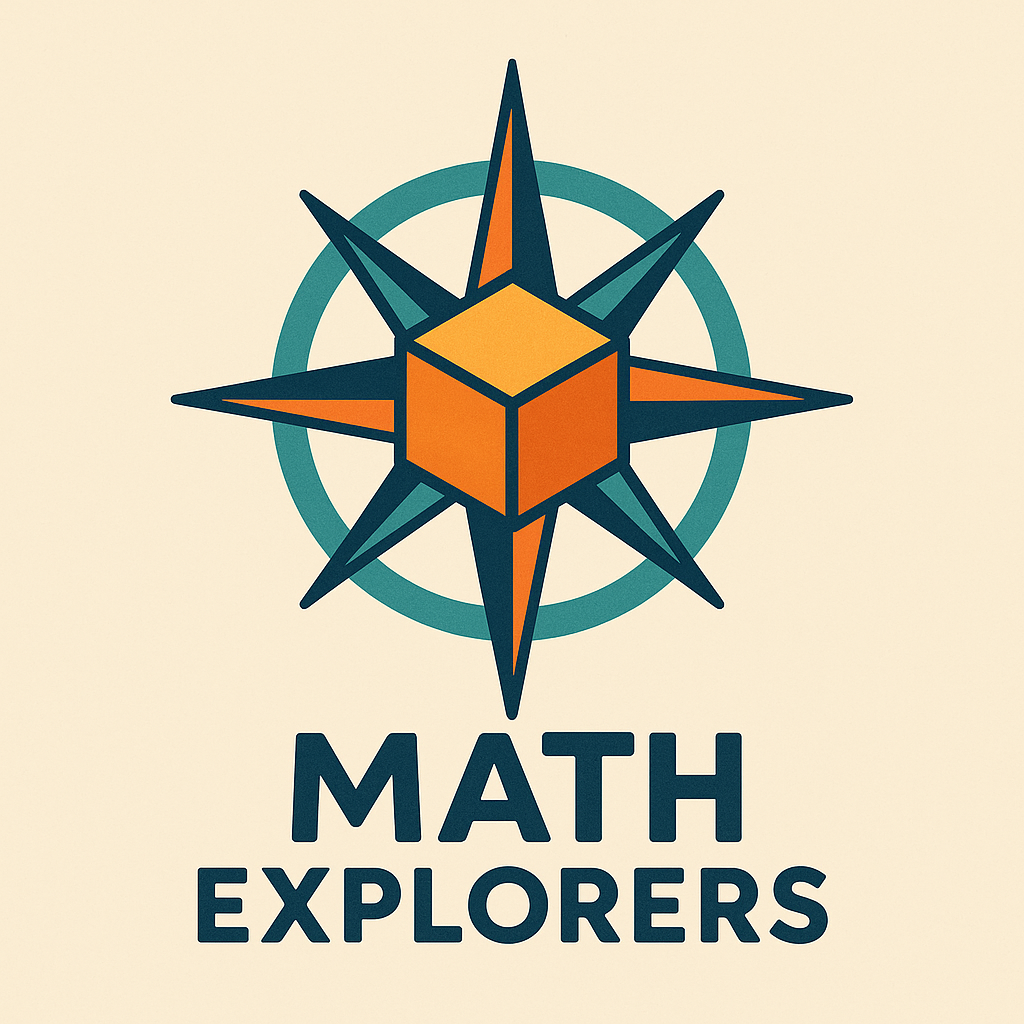Why a Math-Rich Environment Matters
Children learn best when mathematics is woven into their daily experiences rather than treated as a separate subject. A math-rich environment helps children see mathematics as a natural part of their world, making it more engaging and meaningful.
Using Household Items as Math Manipulatives
You don't need expensive materials to create a math-rich environment. Everyday objects can become powerful learning tools:
- Kitchen items: Measuring cups, spoons, and containers for exploring volume and fractions
- Building materials: Blocks, LEGO, or even empty boxes for exploring geometry and spatial relationships
- Natural materials: Rocks, shells, or leaves for sorting, counting, and pattern-making
- Art supplies: Paper, scissors, and rulers for exploring symmetry and measurement
Incorporating Math into Daily Routines
Look for natural opportunities to engage with mathematics throughout the day:
- Meal times: Count, compare, and divide food items
- Getting dressed: Sort clothes by color, size, or type
- Cleaning up: Sort toys by category or count items as they're put away
- Outdoor time: Count steps, compare heights, or measure distances
Creating Spaces for Mathematical Play
Designate areas in your home that encourage mathematical exploration:
- Building zone: A space with blocks, construction toys, and measuring tools
- Art station: Materials for creating patterns, exploring symmetry, and measuring
- Nature table: A collection of natural objects for sorting, counting, and pattern-making
- Math games corner: A dedicated space for playing mathematical games
Building Your Math Resource Collection
Start with a few high-quality items and grow your collection over time:
- Games: Look for games that develop mathematical thinking (e.g., Set, Qwirkle, Blokus)
- Books: Include both math-specific books and stories that naturally incorporate mathematical concepts
- Tools: Basic items like rulers, measuring tapes, scales, and timers
- Technology: Carefully selected apps and websites that promote mathematical thinking
Making It Work for Your Family
Remember that creating a math-rich environment is a process, not a destination. Start small, observe what interests your child, and build from there. The goal is to make mathematics a natural part of your family's daily life.
